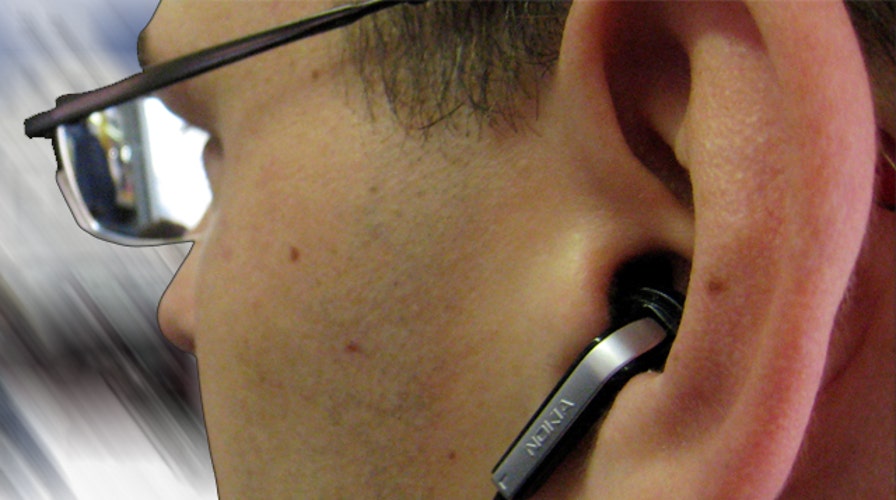Hearing loss is an epidemic in the U.S., with over 40 million sufferers. Two of the major causes are age-related and noise-related. With aging baby boomers and young people cranking up their headphones, the problem is only getting worse. Cochlear implants to the inner ear were one step forward, but overall the mainstay of treatment remains hearing aides.
Hearing is an intricate process: Sound travels down the ear canal, vibrates the eardrum, makes its way to the cochlea and its tiny hair cells, which vibrate and send signals to the brain.
The tiny hair cells are a key to hearing but are fragile, and in humans, once they die they don’t regenerate. Dr. Lawrence Lustig, a national expert on hearing loss and head of otolaryngology at Columbia University said in an interview that loud sounds are “like a tsunami coming into the inner ear and that causes those hair cells to die and if there’s no hair cells the nerve is no longer being stimulated and you can’t hear.”
Dr. Lloyd Klickstein, head of translational medicine at Novartis, said in an interview that other species are able to regenerate hair cells.
“Birds for example need hair cells to know how to fly,” he said. “Fish have hairs in their lateral lines so they are able to school and know what’s nearby and if they lose their hair cells they get new ones.”
Novartis is now working on a new treatment where a harmless virus carries a gene into the inner ear to stimulate new growth of hair cells.
“Once the virus injects the DNA into the cell it then takes over the cells machinery to make the new protein and that protein will now cause the non-hair cell to become a hair cell,” Lustig said.
Klickstein said that the new gene therapy promises to be much better tolerated and less cumbersome and one day render cochlear implants and hearing aides obsolete.
"What we hope to do with this therapy is restore hearing as normal as possible,” Klickstein said, “no device maintenance, no complications— just normal hearing."
The treatment was successful in animals and is now being tried in humans. It is promising, but there are stlll obstacles. For one thing, the treatment washes out of the ear, so the effects may be temporary.
"The delivery might be one of the biggest problems we face,” Klickstein said. “The inner ear is encased almost completely in solid bone and getting the gene therapy to the right cells was one of our biggest challenges."
Otonomy, a biotech company, has invented a gel that is injected into the ear and allows medication to stay in place longer. Experts at Otonomy and Lustig both indicated that they see the treatments being combined to provide a cure. Jay Lichter, founder of Otonomy, told me in an interview that “if you are trying to regrow hair cells for a patient who is already deaf to give them the ability to hear again, you want the drug on board as long as possible so those hair cells continue to regrow and can continue to send signals to the brain that they can hear.”
Lustig said that Big Pharma’s growing interest in the new treatments signals that there is great promise. The goal is to restore hearing without aides or surgery and have the effects last.

